LUMION / Episode 1
No doubt it is the time of the GPU in Architectural Visualization. First Twinmotion and now please take a look at LUMION. Developed by ACT-3D, the makers of Quest3D, it is said to be a new & easy tool for architects and their clients to explore their designs. No doubt they follow the footsteps of Ka-Ra as far as their way to present it… and it is a nice way to do it. First preview is about Lumions capability to handle large landscapes. Huge amounts of trees and plants in an dream-like setting. Shows how you can enhance your movies using freely available models combined with the standard Lumion object library.
I am personally very excited by this outbreak of GPU Realtime based solutions. It all depends on the ‘how’ you get to build and edit the scene… so far the ‘looks’ is very good as far as I’m concerned for such a tool. It isn’t any threat to the other render engines as it is now, but rather the right tool for a different set of tasks that did not have a very suitable solution till now – One that looks very good and yet outputs visuals very fast… very very fast.
Fast is crucial for 3d design exploration to be viable. I’ll be very interested to know what you think about this too, so please do comment about it below 🙂
Still Screen Captures from Episode 1
Lumion Key Functions
- Reduces both rendering and scene creation to several minutes.
- Import 3D content from Google SketchUp®, Autodesk® products and many other 3D packages.
- Add 3D models and materials from the included Lumion content library.
- Edit 3D scenes in real-time using lightning fast GPU rendering technology.
- Create appealing videos using the built-in video editor.
- Outputs HD MP4 files, stereoscopic videos and print resolution images.
- Allows for live fly-through demonstrations.
Other Demonstration
https://vimeo.com/16390347
Pricing and Availability
Lumion is due for release in November 2010 priced at 749 Euros (Excl. VAT)






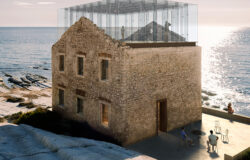





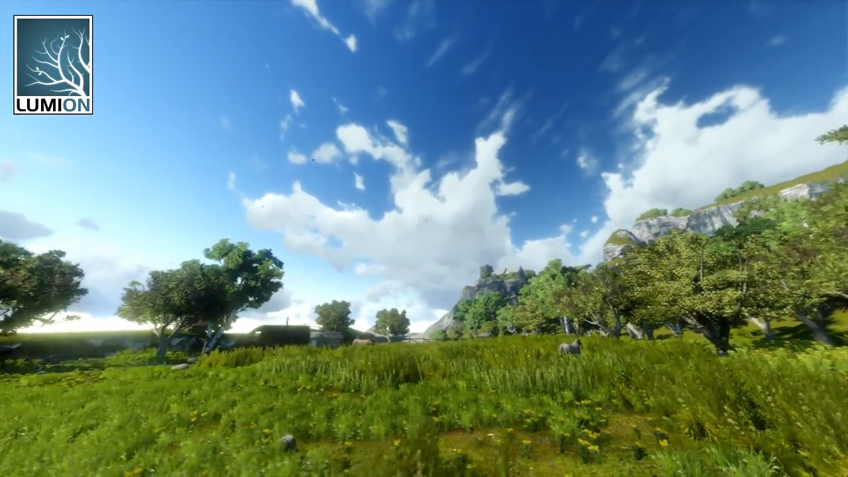
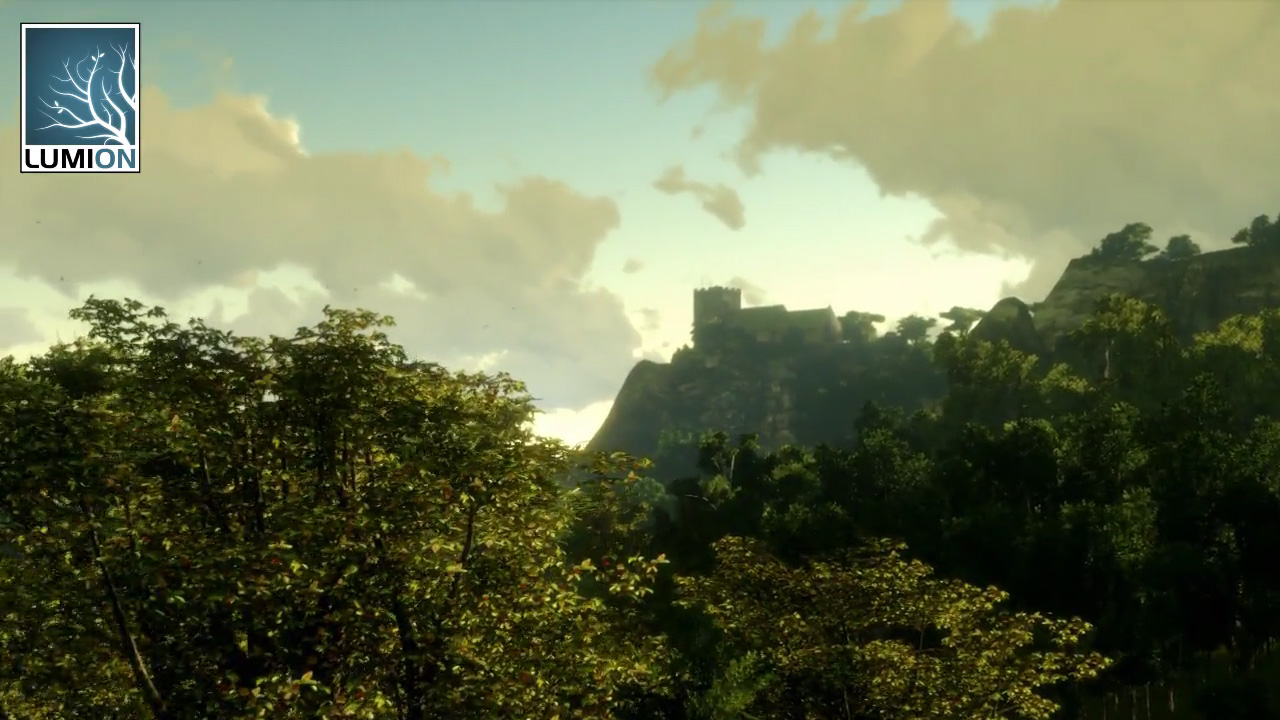
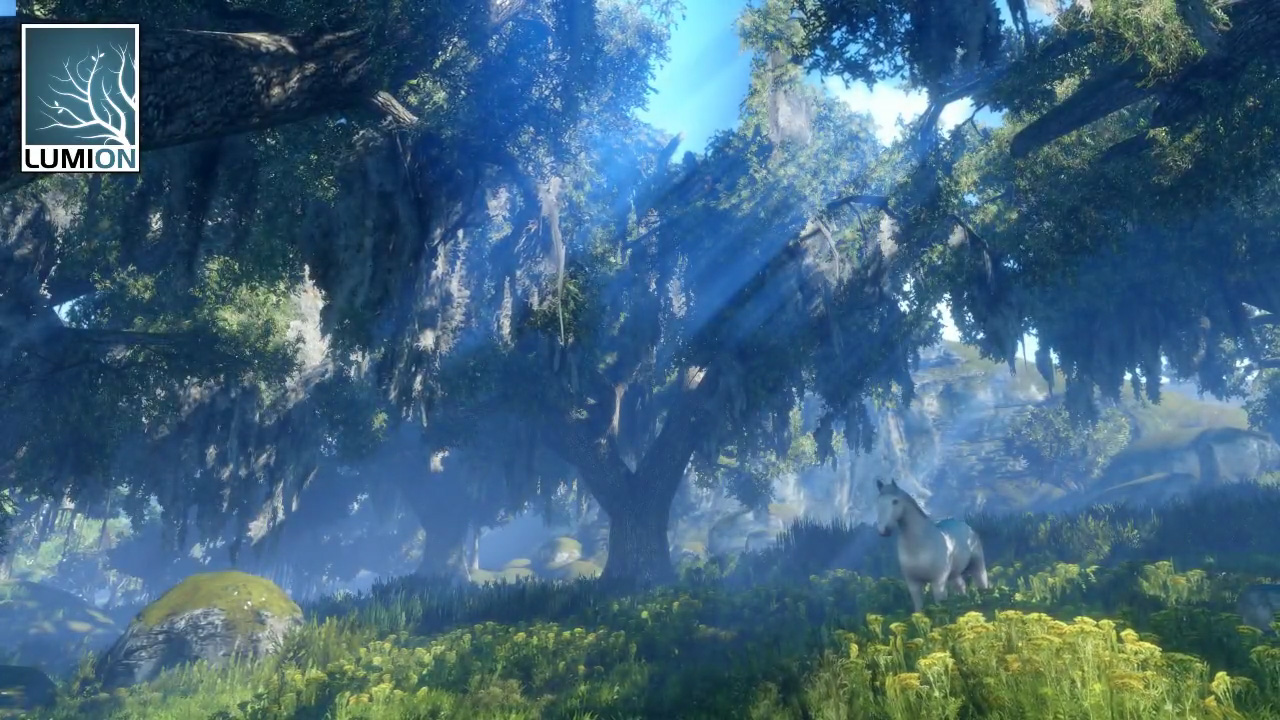
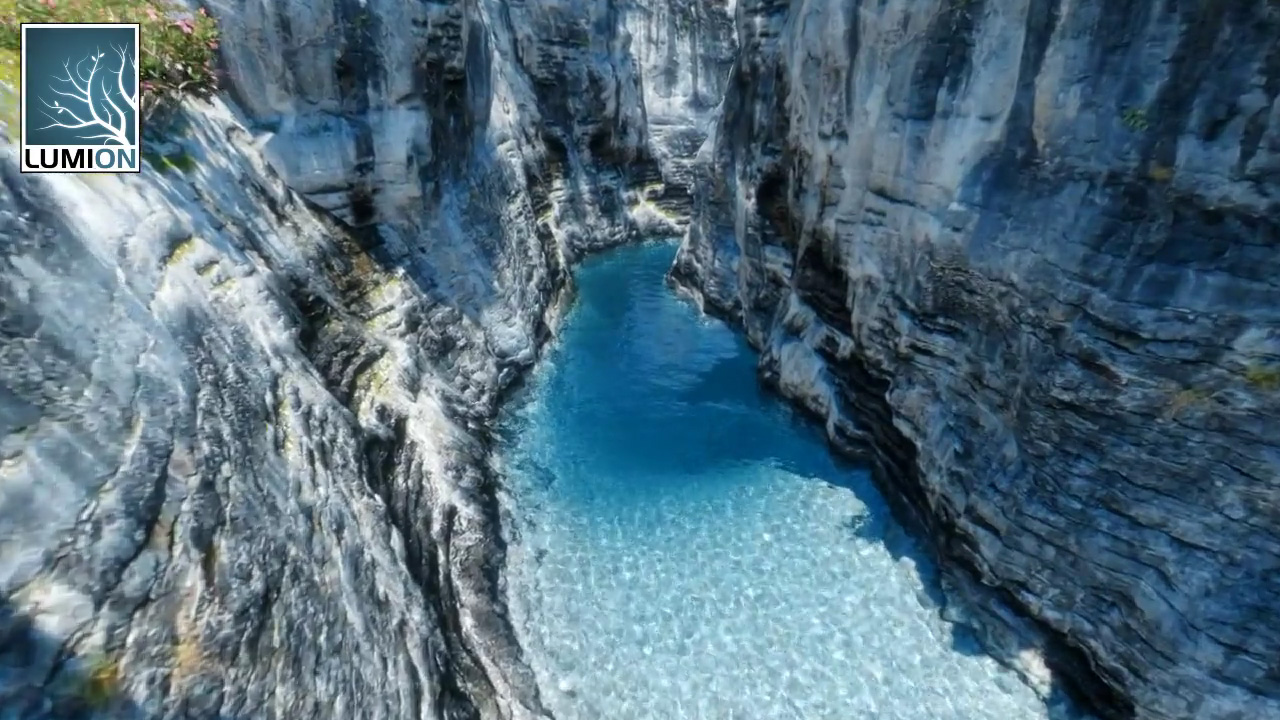
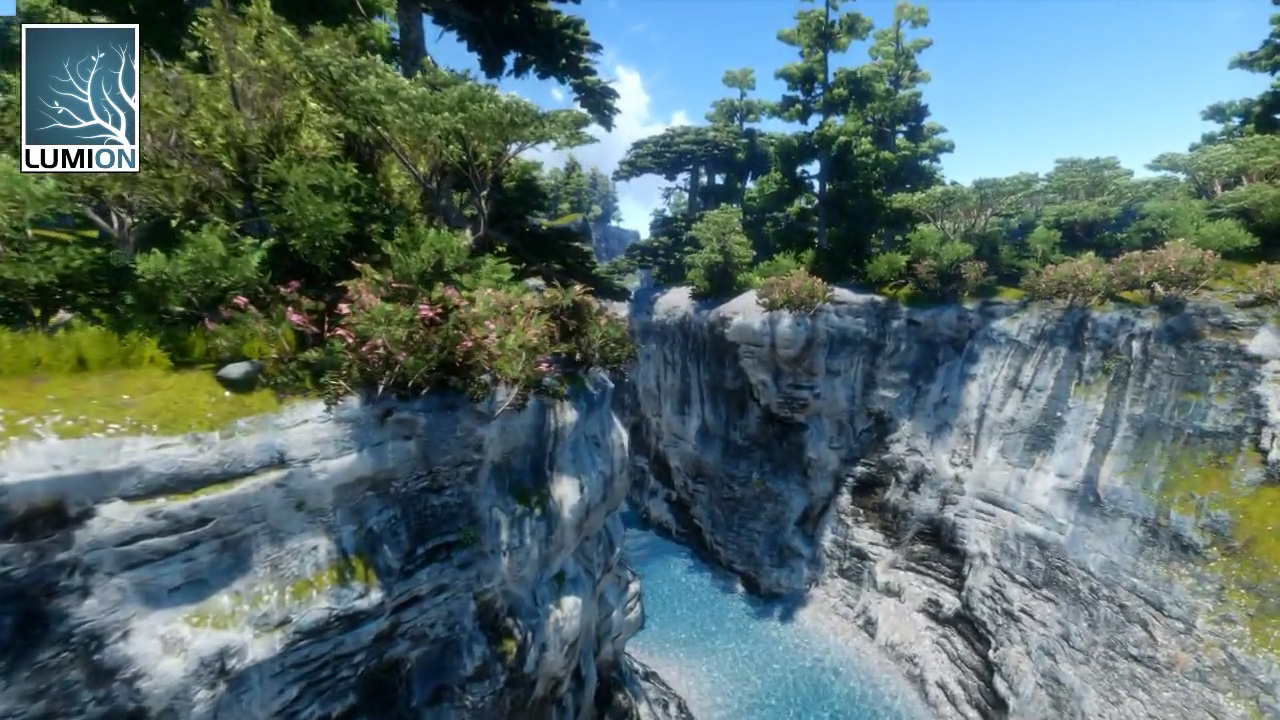
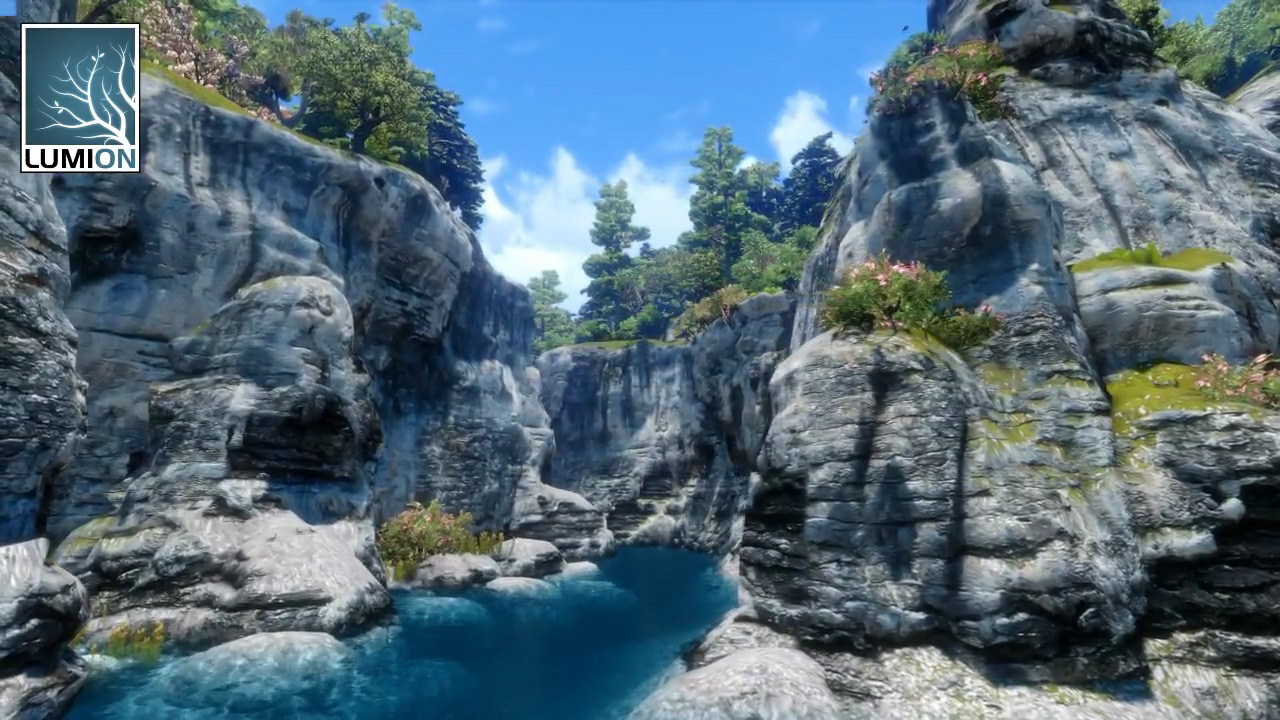
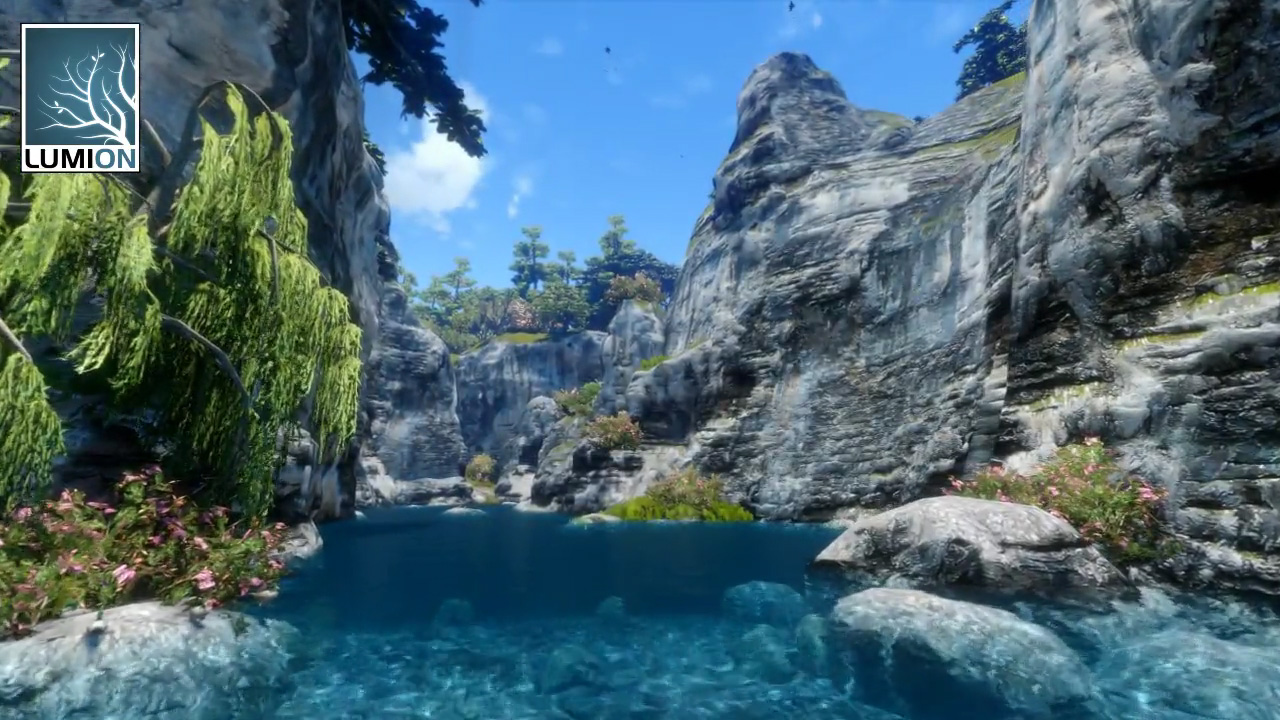
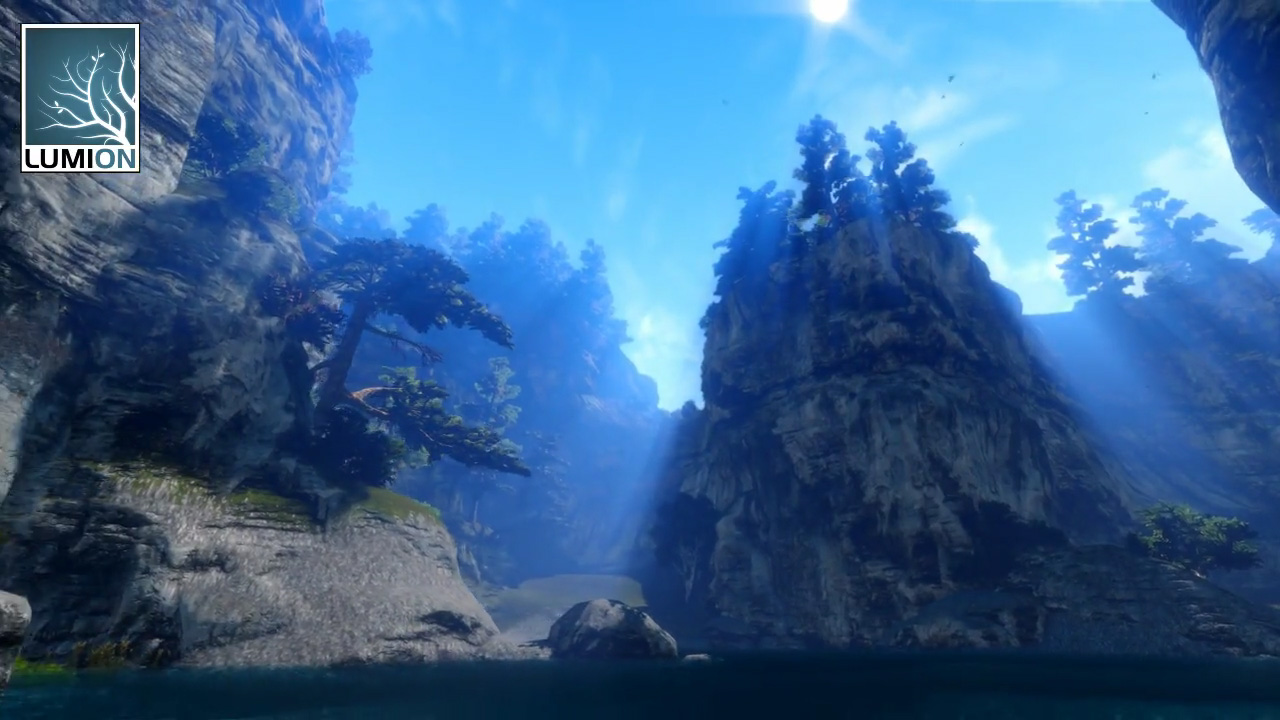
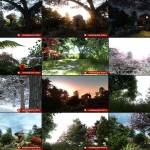
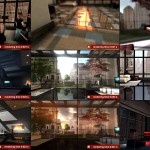
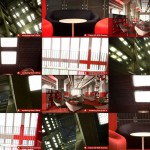
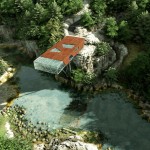
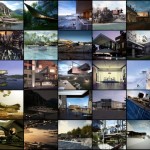
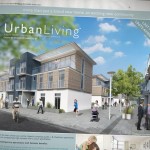
Very interesting, very nice!
I have actually been surprised at how long it has taken for these sorts of tools to emerge considering the advancements in game engine development over the last 5 years. From Crytek’s CryEngine (Crysis), Valve’s Source engine (Left 4 Dead, Team Fortress 2, Half-Life 2 etc.), and Unreal engine 3 (Gears of War) the ability to stream hi-quality textures and geometry real-time via even modest GPUs has been there for some time. As Ronen mentioned the interface is the real key.
Lumion does look very nice in that regard. I wonder how it handles scattering large swaths of forest or other entourage? Obviously no real-time reflections are happening here, environment maps in reflections only as I didn’t see glass or water reflecting objects nearby. The terrain editor seems very nice! Though again all these tools are not to distant from what game designers have been using for some time now, albeit prettier and certainly more user friendly.
I think the Pandora’s box is opening and we will see more and more of these types of packages at an increasing rate. The tech is certainly there so how it’s implemented is the game now. Thanks for posting this!
Now after view some of those demos a second time it looks like there are actually reflections! Low sampled but they are there. Pretty nice!
That’s nice to see more and more options for us. I’m already trying something with Twinmotion but so far for me is quite complicate to use, special move in the scene.
Obviously most of us have a open mind for new products but I believe that like me, most of people looking for something that simplify our daily process ‘Maya/Max – Vray/Mental’ and definitely ‘kill’ the long waiting process of render.
I just love the concept of Luminon as I did for Twinmotion, those programs for sure make the animation process much more simple and fun but the ideal world for I believe more than 80% of 3D Viz people is ‘Import Max/Maya – Vray/Mental, no conflicts, use a bit os this huge library offering in the program (if necessary), hit render and save as…’.
I know, I probably asking for too much, but when you offer skies, whole cities, jungles etc, it’s seems that someone in the process forgetting the simple daily things.
Looks pretty nice!, I’m wondering about system specs to make it run as in the videos…usually in this kind of advertising, it is required a high end and expensive video card.
8gpu rig equiped with quadro 6000 – worth like 8x5k$ (!40k$)pluss barebone of workstation.. =)))
Jokin’ but well, let’s assume they are hitting the market with the product for ‘everyone’ (that has typical pc, not high end workstation or render farm). In this way of thinkin You should be fluid enough with 2,3 cards (not nesecary in sli) – that’s how the majority of players (includint Chaos group with Vray, refractivesoftware with Octane and others) goes..’cos it’s more profitible for them to make producs for masses not for experts only (that could be sayd from price..under 1k$ it’s not for ‘those few’, but rather everyone)
I’m pretty sure Lumion can output what you see here on a single GPU like a GTX480 for example… After all, games are mostly designed to run on a single GPU since not all gamers have dual sli setups or even more then that.
The route the other “standard” engines take like VRay, Octane, iray, Arion, etc… is not so similar to this one. They port the CPU render process to the GPU to take advantage of the many core architecture it has. It is essentially running the same solution but on a different hardware and it does not need SLI to work on many cards. Doing so they take advantage of the faster calculation time of hundreds of cores.
Lumion and Twinmotion do work like a game engine still from how it looks, taking advantage of the GPU built in solutions for representing elements on screen. Running on more the one card will need SLI I believe… but I’m not sure about that.
The key factor will always be how it looks first and how easy & fast it is to get to that look 🙂
Am I the only one concerned about people working in Arch-Viz in general ?! it seems we’re all going to be out of business soon LOL (thank god I am an architect too!!), seriously if it keeps getting easier than this I think anyone can be an architectural visualizer, maybe the only difference will be to truly talented people who have a different artistic vision to achieve with such programs, let’s wait and see…
Did Architectural Photographers or other type of Professional Photographers went out of business when photography became so much easier of the general public with such good Digital Cameras and at low cost???
Any one can point & shoot right? – so any one can press render… and yet, how many crappy photos do you see 🙂
I do not worry. The talented professional artists will take advantage of how easy it is to create visuals technically and move to a higher level still, thus being ahead of the game once more.
I think if any of these archviz packages were really able to produce an easy to distribute real time model, we might eventually see a viable market for RT archviz walkthroughs? Lumion/Twinmotion look great to speed up workflow, and it is true that the improved UI will enable more people to create higher quality images/movies, but interactive content has some really exciting possibilities.
These new packages run comfortably on high end consumer cards which is great for artists, but the RT distributables produced also require these gpu’s and not every client will have the correct hardware to display them well or even at all.
Unity can already produce a good balance of output and portability, also with adobe recently demonstrating Molehill (Flash 3D gpu) and WebGL similarily has a lot of momentum behind it – it might not be long until the web really starts to do 3D RT well. I hope these new packages take this into consideration. Imagine if it were as easy to publish a high quality real time presentation, as it is to upload and view an animation on youtube? I think we would then see many oppourtunities available for creating these.
As for very high quality rendering – server/cloud based software/hardware may also be worth considering in some scenarios? Has anyone had any experience with reality server/iray?
Did Architectural Photographers or other type of Professional Photographers went out of business when photography became so much easier of the general public with such good Digital Cameras and at low cost???
Actually yes, they did… same happened with painters whent photography was introduced. Only the best ones survived.
Call me skeptical but I doubt this software is that much better than any of the others being released right now (iRay / Twinmotion). It seems we have a bunch of software hype lately, and little to none production work to back up their claim to be revolutionary. Marketing videos are not proof of value in a production line.
ts, completely agreee with You! marketing is one thing, but the other is LIFE… to be honest… I don’t hype this yet =)
For Ronen, Yeah, maybe You were right with sli and other things. We’ll see when we test that on our rigs =)
For Amhed points of thought i’m completely up with Ronen. This soft is not going to threat professionals. There will always be a market for archviz, beacause we see demand for Good Stuff (it’s the same with introduction of digital cameras, some predicted that we will not need professionals, but still… there’s a need ’cause body and optics only are not going to give beautiful pictures. Beautiful compositions for You. This is a matter of knowledge, gained through time =) the same is on the software side.
I tried out this kind of thing using Unity3D a month or so ago, and it was a bit of a gimmick. You can’t get good quality GI in interiors, and you can’t get good shadows in exteriors (an inherent limitation of shadowmaps). The end result is regardless of setting, it falls far short of what’s achievable in offline rendering.
So far all i’ve seen from Twinmotion and Lumion is a good looking game engine – not something that could be used for final rendering. I’ll still keep an eye on things though!
We’ll see a lot more people enter the industry, investing in hardware and software, just to find out that it isn’t easy. I work for a company of around 150 people and everyone has a smart phone with a camera, but we still hire a professional to photograph our projects. Nobody know why his photos are better, they just know they are better. We invested in a high end camera years ago, but found out that it isn’t the hardware or software, but the skill of the user.
I attended the lauch-event of this program. I thought it looked very nice, though I was confused by something. They seem to target the architects themselves, not the professional visualizers. You can create images and animations, but not an executable (licensing issues they say). So you cannot send your client a walkthrough, you actually have to go there with a license, or the client has to buy one. You can create animations and they have built in some sort of animation-sequence tool with effects and transitions. But any arch-viz studio would use premiere or something like that for editing.
At last – why are programs like this always so keen on showing mountains, lots of trees and god-rays? We still have to come across a project like this in our office! If this program would produce a portable result, like quest3d or the cryEngine it would be a great alternative. But since it doesn’t it seems like a whole lot of work to make your models look good in lumion instead of using vray/mray in the software you actually built the model in.
This is new information and if actually licensed like that then it really has now use for someone like me (Architectural Visualization Studio providing solutions for architects & developers)
I’m not sure Architects will ever start using this in mass really 🙂 – Rather ask us people to do this for them.
About the mountain issue… Nature landscape seems to be the best visualized theme in this type of render engines, so they go ahead and show us what looks good first I guess. The build environment is not that good – Mostly the way materials and large surfaces look.
I’m looking forward to start testing Lumion and get a better idea of ho it can fit my workflow.
Hey all, it’s been almost a year since I posted this article here 😉 and a few things have changed – so it calls for an update… first here and later in a new post.
I started to use Lumion in production and also actively promoting and selling it to our clients as well. It has come a long way since the initial only good looking landscape scenes. I’ve also showcased the use of Lumion in AD2 at Venice this month and started to pick up more feedback form actual clients about the use of it in our 3d design process we offer them.
What I can say so far is that Architects really like what they see with this tool – it is very similar to the reaction I’ve seen when SketchUP first showed up 10+ years ago. Letting a few of them to try it they quickly became addicted to it! The fact it comes packed with an extensive library (Ultimate Version) and an easy to use one allowed them to dive in immediately and dress up the model while exploring it in real-time.
As for me, doing the work… although it is not V-Ray (far from it), I find I have very good control over materials so I can push the generic look and get into more custom things if I so choose. It is not optimal and many things can’t be done yet (that I’m used to in 3dsmax and V-Ray) but really – getting unlimited views + animation ALL IN A SINGLE DAY + THE DESIGN WORK… this is something else. I don’t consider this in par with marketing visuals (yet), but for design process this is better.
I do believe it is a game changer now.
I started to share more insight in a forum thread – https://www.ronenbekerman.com/forums/gpu-based-rendering-real-time/1411-playing-around-lumion.html